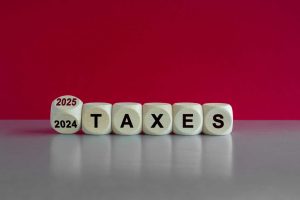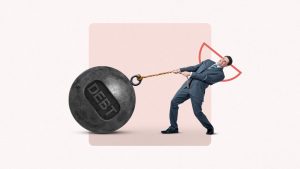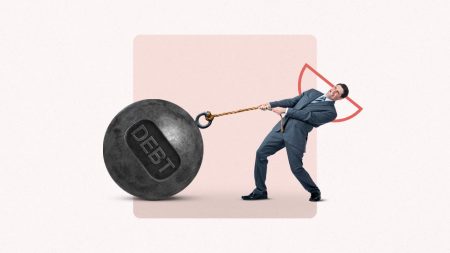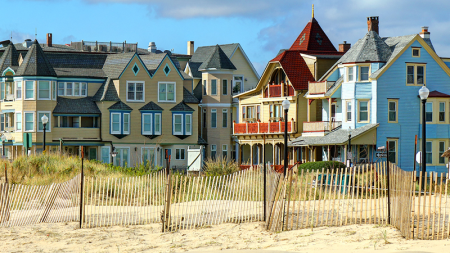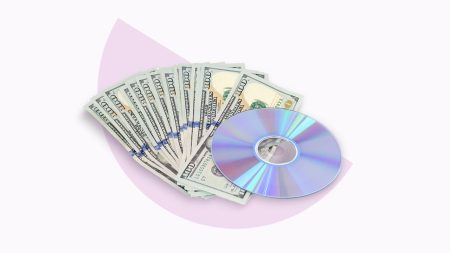Key takeaways
- Not paying student loans could lead to late fees, a damaged credit score and wage garnishment.
- If you have federal loans, you may qualify for a repayment plan to help bring your loans current and get rid of the debt sooner.
- Student loan debt is only dischargeable in bankruptcy if you can prove it is causing an undue hardship.
- Speak to your lender about affordable repayment alternatives if you struggle to keep up.
You can face dire financial consequences for failing to pay your student loans.
Lenders will report the delinquency to the credit bureaus, which means your credit score will take a hit. Lenders could also sell the debt to a collection agency that decides to sue you in court. You’ll also have a harder time getting approved for future credit products with favorable terms. In some instances, you could face wage garnishment or have tax refunds withheld by the federal government.
If you’re experiencing financial difficulty and approaching student loan default, it’s worth reaching out to your lender to explore forms of relief that may be available to you.
What happens if you don’t pay student loans?
Whether it’s your student loan payments or any other debts, if you don’t make your monthly payments, your finances could take hits from multiple angles.
What happens if your student loans are delinquent?
Loans are considered delinquent immediately after one missed payment, but your lender or loan servicer might not report you as late to the major credit bureaus until you’re 90 days past due. You might face the following consequences after missing a few payments:
- Credit score drop. The longer you go without paying your student loans, the more your credit score may tank.
- Late fees. A late payment — one you eventually make but not by the due date — could result in a late payment fee. This amount varies by lender, and not all of them charge one, but it’s very common to see either flat late fees or fees that represent a percentage of your missed payment.
What happens if your student loans are in default?
After several months of missed payment – or once the account is 270 days delinquent – your loan will enter default. The specific timing and consequences of default vary by lender. Potential consequences include:
- Federal student loans become due immediately. Due to a process called acceleration, the entire outstanding balance for your student loan will become due once you hit default.
- Lost eligibility for future aid. If you’re currently in default, you could lose out on any future student aid, including scholarships, grants and federal student loans. Defaulted loans on your credit report could also make it harder to buy a home, buy a car or take out a credit card.
- Potential lawsuits. Your original lender could sell your loan to a debt collection agency, which can call and send you letters in an attempt to collect a debt, even after the statute of limitations expires.
What happens if you never pay your student loans?
If a considerable amount of time passes and you still haven’t made student loan payments, here’s what could happen.
- Withheld tax refund. The government could withhold your refunds and apply it to your student loan debt until you’re current on payments.
- Wage garnishment. Your lender might attempt to garnish your wages and apply them to your outstanding balance — sometimes up to as much as 25 percent of your disposable income. It can do this until your loans are in good standing.
Better strategies for dealing with student loans
If you’re struggling to repay your student loans, different repayment and forgiveness plans can help you keep your loans current without breaking the bank. Consider all of your options before choosing the best plan for your needs.
Income-driven repayment plan
If you’re struggling to repay your student loans, you can enroll your federal loans into an income-driven repayment (IDR) plan. A few different repayment options exist, so pick the one that meets your needs the best.
Defaulted loans are generally not directly eligible for IDR plans, though as of 2024, you can enroll defaulted loans in the income-based repayment plan. For the other plans, you must first get out of default by rehabilitating or consolidating your loan. You can apply for consolidation through studentaid.gov.
With each plan, you’ll make monthly payments based on your discretionary income and family size. After 20 or 25 years, depending on the plan, the remaining balance on your loans is forgiven. You’ll need to update your information every year so your payments accurately reflect your financial situation.
Public Service Loan Forgiveness (PSLF)
Public Service Loan Forgiveness is available for federal student loan borrowers seeking a public service career. Your remaining debt is forgiven after 10 years of making payments on an income-driven repayment plan and working for an eligible employer. You’ll likely need to get your loan out of default and on an IDR plan to be eligible.
Debt snowball or debt avalanche
You might want to consider a different approach if you have a mix of federal and private student loans or many different loans. Debt elimination plans, like the debt snowball or debt avalanche, might help you chip away at your student loan debt faster.
With both debt elimination methods, you list each debt, including the total amount you owe, your monthly payment, the interest rate and the due date. Next, make minimum payments on all your loans.
Here’s where the strategies start to differ.
- For the snowball method, apply every spare dollar toward the debt with the lowest balance.
- For the debt avalanche method, put every spare dollar toward the debt with the highest interest rate.
Repeat your chosen action until you pay off the first debt on your list. Then, move on to the next-smallest debt (or the one with the next-highest interest rate) and repeat the process until all of your student loans are paid in full.
Refinancing
If you have high interest rates or many different student loans, you might want to consider refinancing. Refinancing is the process of taking out a new loan to pay off all of your current student loans. You’ll get new repayment terms and a new interest rate, then make one monthly payment to your refinanced loan until it’s paid in full.
You can only refinance your loans with private lenders, so proceed cautiously. Refinancing federal loans means you’ll lose certain benefits, like forbearance, forgiveness or the option to enroll in an income-driven repayment plan. But if you have great credit and can get a lower interest rate than what you’re paying now, refinancing might make sense in certain situations.
It also might be difficult to get approved for refinancing if you have a loan default on your records, as this means you’re a higher-risk borrower. Adding a cosigner may help in this case.
Student loan settlement
Student loan settlement happens when you settle your student loans for less than what you owe. This option might benefit you if you’re far behind on your student loans and your credit score has already suffered, since it can negatively impact your score.
You’ll need a lump-sum amount to pay off the outstanding settled balance, and lenders aren’t required to settle. Yet some lenders are willing to consider settling for less if it helps them collect a significant portion of your unpaid debt.
Can you discharge student loans in bankruptcy?
The U.S. Bankruptcy Code allows student loans to be discharged if borrowers demonstrate that not doing so will be an “undue hardship.” However, proving an undue hardship is difficult. Borrowers must meet the three guidelines of undue hardship, which is called the Brunner test:
- You can prove that if forced to repay the loan, you could not maintain a minimal standard of living.
- You demonstrate that the hardship will continue for much of your loan repayment period.
- You made good-faith efforts to repay the loan before you filed for bankruptcy.
However, you should realize that it will be an uphill battle to prove that repaying your student loans will impose an undue hardship on you.
Bottom line
Not paying back your student loans can cause catastrophic results for your finances, your credit and your future borrowing prospects, so do your best to stay current on your loans.
If you’re struggling, you aren’t alone. A 2024 Bankrate pre-election survey found that 29 percent of Americans consider student loan debt a national crisis. To protect your finances, look into federal forgiveness and refund options, find a repayment plan that works for you or refinance your loans. Not paying back your student loans will hurt you for years to come, so the best course of action should be the one that gets you back on track.
Frequently asked questions
Read the full article here
